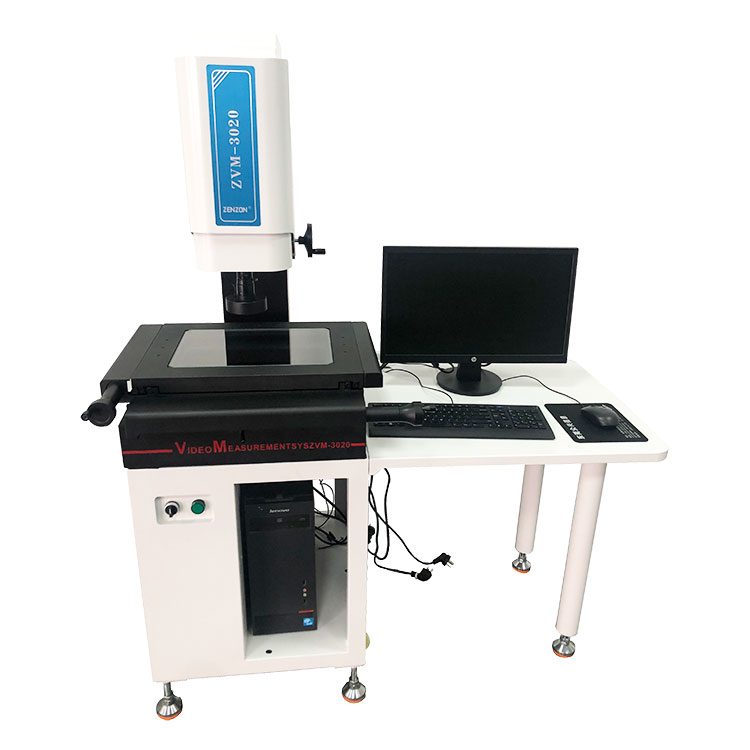Exploring the Versatile Applications of Manual Video Measuring Machines
2024-03-20
In today's fast-paced manufacturing environment, precision and accuracy are paramount. Every component, every product, must meet stringent quality standards to ensure optimal performance and customer satisfaction. Enter the manual video measuring machine – a versatile tool that has revolutionized measurement processes across various industries.
So, what exactly are the primary applications for a manual video measuring machine? Let's delve into the myriad ways this sophisticated technology is transforming manufacturing and quality control processes:
1. Quality Control in Manufacturing: Manual video measuring machines play a crucial role in quality control by providing precise and accurate measurements of manufactured components. From intricate machined parts to complex assemblies, these machines ensure that every dimension meets specified tolerances, helping to maintain product consistency and reliability.
2. Dimensional Inspection: One of the primary applications of manual video measuring machines is dimensional inspection. Whether it's verifying the length, width, height, or diameter of a component, these machines excel at capturing detailed measurements with exceptional accuracy. This capability is essential for ensuring that parts conform to design specifications and meet regulatory requirements.
3. Reverse Engineering: Manual video measuring machines are invaluable tools for reverse engineering applications. By capturing detailed images and measurements of existing parts or components, manufacturers can create accurate digital models for replication or modification. This process enables companies to improve product designs, troubleshoot issues, and enhance overall performance.
4. Tooling Verification: Manual video measuring machines are utilized for verifying the accuracy and integrity of tooling and molds used in manufacturing processes. By analyzing critical dimensions and surface profiles, these machines ensure that tooling meets precise specifications, leading to improved product quality and reduced production downtime.
5. Prototyping and R&D: In research and development (R&D) environments, manual video measuring machines facilitate the prototyping and testing of new products and components. Engineers can quickly and accurately measure prototypes, assess performance, and make necessary adjustments to refine designs before moving into full-scale production.
6. Automotive and Aerospace Industries: The automotive and aerospace industries rely heavily on manual video measuring machines for quality assurance and compliance with stringent safety standards. These machines are used to measure critical components such as engine parts, turbine blades, and aircraft structures with utmost precision, ensuring optimal performance and reliability.
7. Medical Device Manufacturing: In the medical device manufacturing sector, precision is non-negotiable. Manual video measuring machines are instrumental in verifying the dimensional accuracy of medical implants, surgical instruments, and other critical components. By ensuring strict adherence to specifications, these machines help maintain the highest standards of quality and patient safety.
8. Electronics and Semiconductor Manufacturing: Manual video measuring machines are indispensable in the electronics and semiconductor industries for inspecting microelectronic components, circuit boards, and semiconductor wafers. These machines enable manufacturers to detect defects, measure feature sizes, and ensure the integrity of electronic products, contributing to enhanced reliability and performance.
In conclusion, the applications of manual video measuring machines are diverse and far-reaching, spanning across numerous industries and sectors. From ensuring quality control in manufacturing to enabling innovation in product development, these machines play a pivotal role in driving efficiency, accuracy, and reliability in today's competitive marketplace. As technology continues to advance, the capabilities of manual video measuring machines will only continue to expand, further cementing their status as indispensable tools for modern manufacturing.



